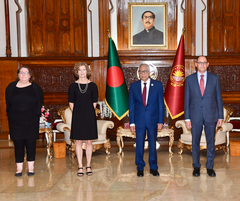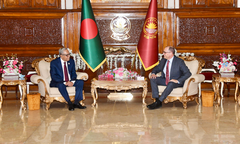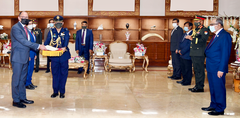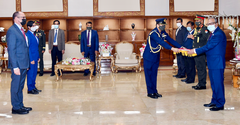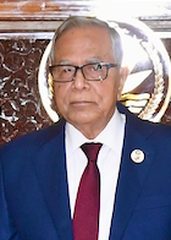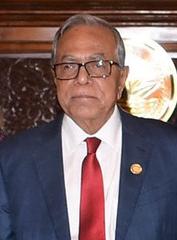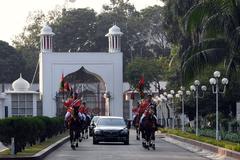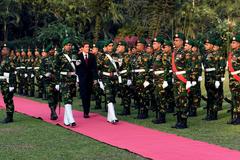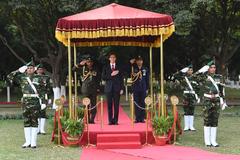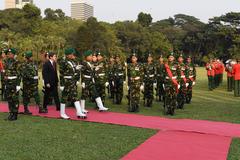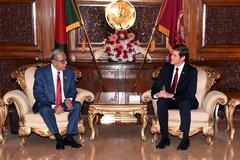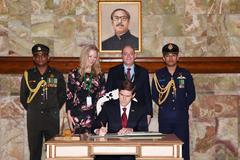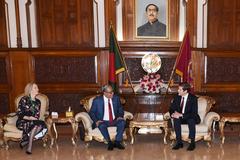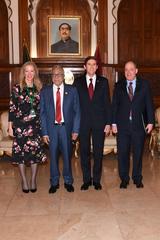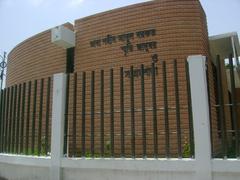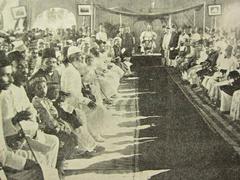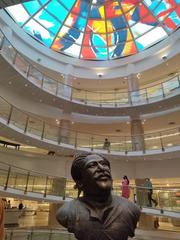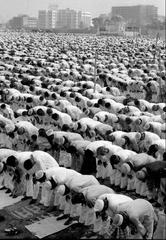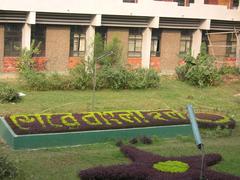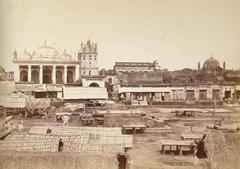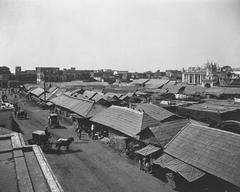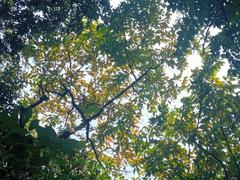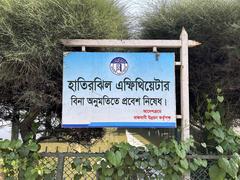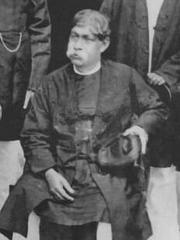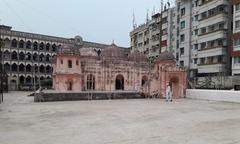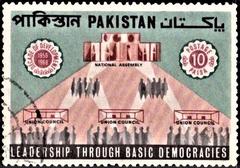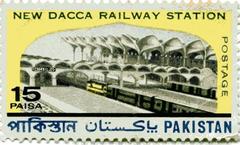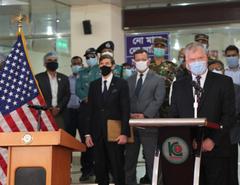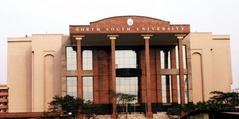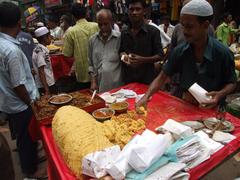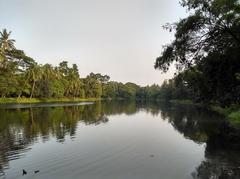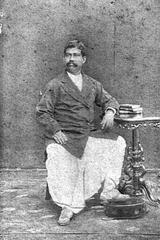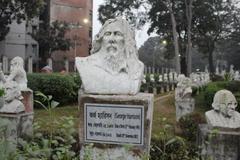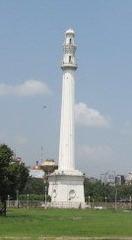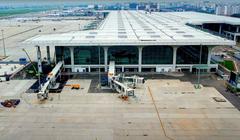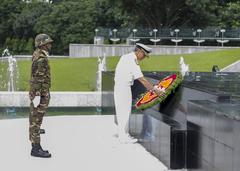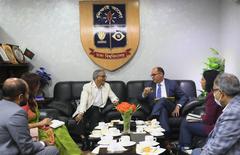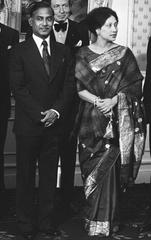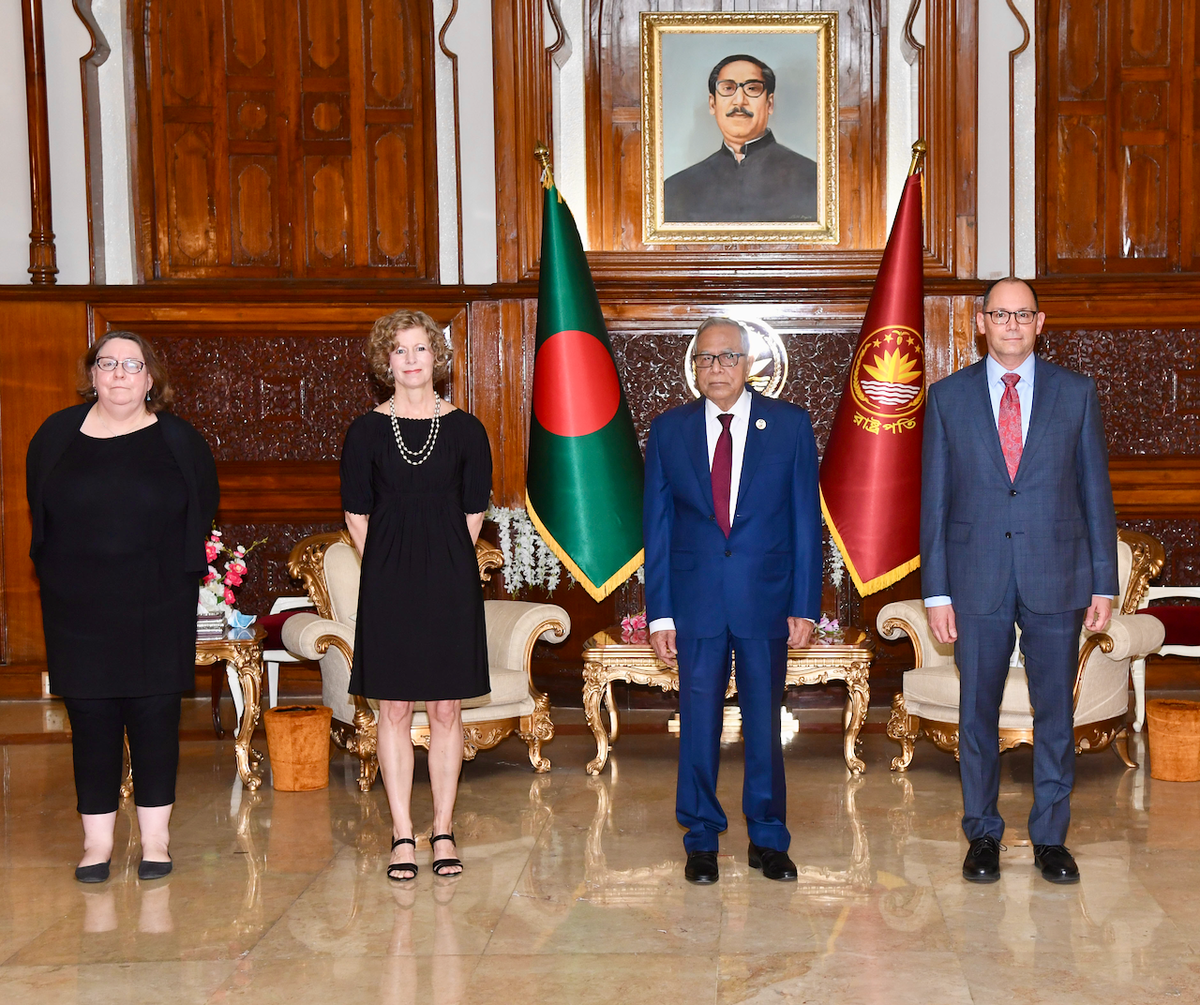
Bangabhaban Dhaka: Visiting Hours, Tickets, and Historical Significance
Date: 14/06/2025
Introduction
Bangabhaban, the official residence of the President of Bangladesh, is a landmark of immense historical, political, and cultural importance. Located at the heart of Dhaka, this palatial complex stands as a testament to the nation’s journey from colonial rule to independence and modern statehood. Although access to Bangabhaban is highly restricted due to its status as a seat of power, recent efforts to open parts of the estate—such as the Toshakhana Museum—have enabled the public to engage with its rich heritage. This guide provides a detailed overview of Bangabhaban’s history, architecture, visitor protocols, ticketing information, and tips for exploring nearby Dhaka historical sites (The Business Standard; Tripomatic; Evendo).
Table of Contents
- Historical Background of Bangabhaban
- Architectural Evolution and Layout
- Main Building, Durbar Hall, and Toshakhana
- Preservation, Modernization, and Grounds
- Visitor Information
- Cultural and Political Significance
- Travel Tips and Nearby Attractions
- Frequently Asked Questions (FAQ)
- Visuals and Media
- Summary & Recommendations
- References
Historical Background of Bangabhaban
Early and Colonial Origins
The site of Bangabhaban has a legacy reaching back to pre-colonial times, with associations to the Sufi saint Hazrat Shahjalal Dakhini. In the British colonial era, it evolved from a zamindar’s property to the bungalow of Nawab Sir Khwaja Abdul Ghani and his famous Dilkusha Garden.
Following the 1905 Partition of Bengal, the British government purchased this site and, in 1906, inaugurated it as the Government House for the lieutenant-governor of Eastern Bengal and Assam. Designed in the Indo-Saracenic style, it blended Mughal, Islamic, and European architectural elements, symbolizing colonial authority.
From Partition to Independence
After 1947, the estate served as the Governor’s House of East Bengal under Pakistan. Significant reconstruction took place after storm damage in 1961, incorporating Islamic and Bengali features, further distinguishing the building’s identity.
With Bangladesh’s independence in 1971, the building was renamed Bangabhaban (“House of Bengal”) and became the official residence and workplace of the President of Bangladesh (The Asian Age).
Architectural Evolution and Layout
Bangabhaban’s architecture is a harmonious blend of colonial grandeur and indigenous motifs. The three-story main building is set within 50 lush acres, featuring domes, arches, and decorative elements from both the colonial and Bengali-Islamic traditions. The estate encompasses:
- Presidential residence and offices
- Security, postal, and banking offices
- Mosque and barracks for the President Guard Regiment
- Manicured lawns, gardens, and ornamental features
Continual upgrades and refurbishments—such as the 1960s renovations and current modernization projects—reflect a commitment to preserving heritage while enhancing functionality (The Business Standard).
Main Building, Durbar Hall, and Toshakhana
Main Building
The main structure is notable for its imposing columns, arched windows, marble finishes, and high boundary walls. The ground floor houses the President’s office and administrative rooms, while the upper floors are reserved for private quarters and guest accommodations.
Durbar Hall
A centerpiece for ceremonial functions, the Durbar Hall features high ceilings, ornate chandeliers, and spacious marble floors, serving as the venue for state events, national celebrations, and diplomatic receptions (The Business Standard).
Toshakhana Museum
The Toshakhana (treasury) now houses a museum that displays diplomatic gifts and presidential artifacts, offering rare insight into the country’s diplomatic history. Recent renovations have included modern design elements, museum facilities, and dedicated preservation measures (The Business Standard).
Shelter House
The shelter house, built in the 1960s, is preserved in its original architectural style, underscoring the importance of maintaining Bangabhaban’s mid-20th-century heritage.
Preservation, Modernization, and Grounds
A comprehensive modernization program with a budget of Tk46.47 crore is underway, featuring:
- Upgraded electrical, sanitary, and kitchen facilities
- Enhanced fire safety systems
- Refurbished guest rooms and new furniture
- Renovation of library and office spaces
- Improved landscaping, walkways, benches, and outdoor sculptures
The grounds are an oasis amid Dhaka’s bustle, with tree-lined paths, ornamental gardens, and tranquil lawns enhancing the estate’s aesthetic and environmental value (The Business Standard).
Visitor Information
Visiting Hours and Tickets
Bangabhaban is not generally open for public visits. Limited public access may be granted during national events or special guided tours, usually by advance official arrangement. Standard ticketing does not exist; any tickets or permissions must be secured through official channels (The Business Standard; Tripomatic).
Typical Visiting Hours (for special events only):
10:00 AM – 4:00 PM, Tuesday to Saturday (subject to change; always verify with official sources).
Tickets:
Access is by invitation or prior approval only; there is no public ticket system.
Entry Requirements and Security
- Advance Permission: Required; spontaneous visits are not permitted.
- Identification: Bring valid ID and approval documents.
- Photography: Strictly prohibited within and around the premises unless explicitly authorized.
- Dress Code: Modest attire (shoulders and knees covered), with respectful behavior expected of all visitors.
Accessibility
The estate offers ramps and accessible walkways in public areas such as the Toshakhana Museum and gardens. Visitors with special needs should coordinate in advance.
Cultural and Political Significance
Bangabhaban is not only a seat of political power but also a living symbol of Bangladesh’s pluralistic, democratic, and resilient national identity. Its architectural synthesis of Victorian, Islamic, and Bengali styles encapsulates the country’s journey through colonialism, partition, and self-governance (The Diplomat; Evendo).
The palace hosts state ceremonies, official receptions, and national celebrations, reinforcing its centrality in Bangladesh’s constitutional and diplomatic life. The opening of the Toshakhana Museum and select gardens to the public highlights ongoing efforts to make this heritage accessible and educational (BangladeshUS).
Travel Tips and Nearby Attractions
Location and Transport
- Address: Bangabhaban Road, near Dilkusha Avenue, central Dhaka (Tripomatic).
- Getting There: Best via taxi, rideshare (Uber, Pathao), or rickshaw for short distances (Travel Like a Boss). Public transport (bus/metro) is available but can be crowded.
Safety and Health
Remain vigilant in crowded areas, carry bottled water, and avoid street food. Familiarize yourself with local emergency contacts and embassy locations (UK Government).
Dress and Etiquette
Dress conservatively and behave respectfully; avoid political discussions and loud behavior. Greet locals with “Assalamu Alaikum.”
Nearby Dhaka Historical Sites
- Lalbagh Fort: 17th-century Mughal fortress (TravelSetu).
- Ahsan Manzil (Pink Palace): Nawab residence and museum.
- Dhakeshwari Temple: Bangladesh’s national temple.
- Liberation War Museum: Chronicling the independence struggle.
- Sadarghat River Port: Experience Dhaka’s vibrant river life (HollyMelody).
Frequently Asked Questions (FAQ)
Q: Can I visit Bangabhaban without prior permission?
A: No, visits require official approval or invitation, typically during national events or special tours.
Q: Are tickets available for Bangabhaban?
A: No general tickets; any access must be arranged in advance through official or diplomatic channels.
Q: Is photography allowed?
A: Photography is strictly prohibited unless specially permitted.
Q: Is Bangabhaban accessible for visitors with disabilities?
A: Public areas such as the Toshakhana Museum and gardens offer accessible pathways.
Q: What other sites should I visit in Dhaka?
A: Lalbagh Fort, Ahsan Manzil, Dhakeshwari Temple, and the Liberation War Museum are all nearby.
Visuals and Media
- Images: Façade, Durbar Hall, gardens (with descriptive alt text).
- Virtual Tours: Under development for remote access to the Toshakhana Museum and grounds.
- Maps: Indicating Bangabhaban’s location and proximity to other historical sites.
Summary & Recommendations
Bangabhaban remains an enduring symbol of Bangladesh’s sovereignty and pluralistic heritage. While routine public access is restricted, occasional guided tours and the opening of the Toshakhana Museum offer valuable opportunities for cultural engagement. For a fulfilling visit to Dhaka’s historical landscape, include nearby sites like Lalbagh Fort and Ahsan Manzil in your itinerary. Always consult official sources or the Bangabhaban Official Website for the latest on visiting hours and special events. Use resources like the Audiala app for real-time updates and travel tips.
References
- The Business Standard
- The Business Standard
- The Asian Age
- The Diplomat
- Evendo
- Tripomatic
- Travel Like a Boss
- UK Government
- TravelSetu
- HollyMelody
- BangladeshUS
